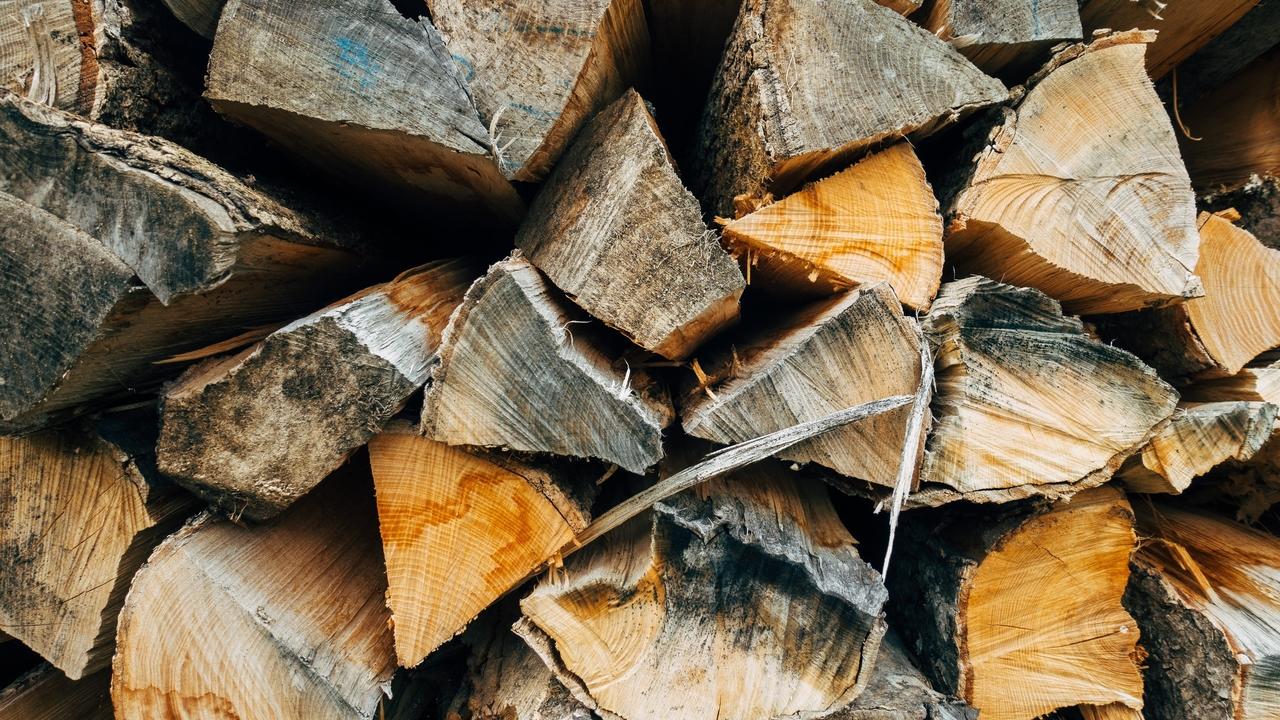As people have pointed out, Tough/ Hard/ Strong all have different meanings depending on if you are talking mechanically or colloquially.
Toughness in reference to resistance to breaking is relatively unimportant for knifemakers because most of the time, the wood is supported. A tough wood is one that cant be snapped, twisted or bent, but in knife making applications the wood is either glued to a full tang and thus is supported by steel, or is in a hidden tang at which point bending you would probably bend the steel at the base of the tang as the first point of failure.
For hardness, the janka hardness scale is used which measures a woods resistance to having a ball bearing pushed into it, its a good representation of a woods resistance to scratching, scuffing and marking. Most high end exotics are plenty hard for knife making, woods like Cocoboloo, Desert ironwood, African blackwood, most ebonies and the like are gonna be in the range of 2800-3300 pounds on the janka hardness scale.
Lignium Vitae is incredibly hard and dense, but it has a few issues in my opinion that make it less than ideal for knifemaking. First is simply, its not all that pretty. The grain and color tend to be a little dull. Not a deal breaker, but if you want mechanical strength and dont much care about appearance, g-10 or micarta are better bets in my opinion. Its also incredibly difficult to dry properly and can be prone to cracking and checking.
The last factor to mention is the incredible variation within species. Wood is a natural product, and the range of density and hardness can be huge. Poor growing conditions lead to strong wood, I buy walnut harvested from the rocky highlands of Armenia and Azerbaijan and it can be ~20-40% denser and harder than farm grown walnut here in sunny, fertile California.

